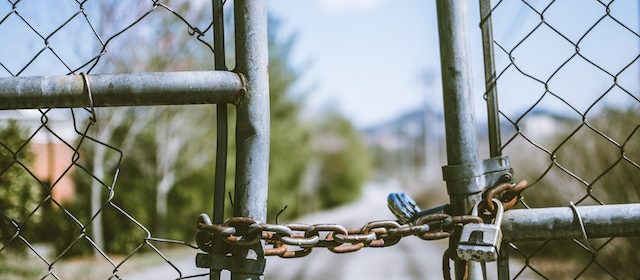What All Goes in to Pricing a Dumpster?

If you’re planning a construction project, a home renovation, or even a large-scale cleanout, you’ve likely considered renting a dumpster. Dumpsters provide a convenient and efficient solution for waste disposal, but you might be wondering about the factors that contribute to their pricing. Understanding what goes into pricing a dumpster can help you budget effectively and make informed decisions. Here are some key factors to consider:
- Dumpster Size: One of the primary factors that affect the cost of a dumpster rental is its size. Dumpsters come in various sizes, typically measured in cubic yards. The larger the dumpster, the higher the price. It’s important to estimate the amount of waste you’ll generate and choose an appropriate size. Renting a dumpster that is too small might require additional trips or result in overflowing waste, while renting a larger dumpster than necessary could lead to unnecessary expenses.
- Rental Duration: The length of time you need the dumpster also impacts the pricing. Dumpster rental companies usually offer rental periods ranging from a few days to several weeks. Longer rental durations typically incur higher costs, so it’s crucial to plan your project timeline accurately. If you anticipate needing the dumpster for an extended period, it’s worth comparing rental rates and negotiating a favorable deal with the rental company.
- Location: The geographic location of your project can affect dumpster pricing. Prices can vary based on regional market conditions, distance from the rental company’s location, and local regulations. Dumpster rental companies may charge higher rates in areas with high demand or limited availability. It’s advisable to research and compare prices from multiple rental companies in your area to ensure you’re getting the best deal.
- Type of Waste: The type of waste you plan to dispose of also plays a role in pricing. Certain types of waste, such as hazardous materials or electronics, require special handling and disposal procedures, which can lead to additional charges. It’s essential to communicate with the dumpster rental company about the specific materials you’ll be disposing of to determine any additional fees or restrictions.
- Additional Services: Some dumpster rental companies offer additional services that can impact the overall pricing. For example, if you require a same-day or next-day delivery, there may be an extra charge. Other services like recycling or waste segregation might also incur additional fees. Discuss these options with the rental company to understand the associated costs and determine which services align with your needs and budget.
- Weight Limit: Many dumpster rental companies impose weight limits on their containers. If you exceed the weight limit, you may face overage fees. It’s important to be aware of the weight restrictions and estimate the weight of your waste as accurately as possible. Avoid surprises by asking the rental company about the weight limit and associated fees upfront.
In conclusion, pricing a dumpster involves several factors that impact the overall cost. Dumpster size, rental duration, location, type of waste, additional services, and weight limits all play a role in determining the final price. To ensure you get the best value for your money, it’s crucial to plan your project, estimate your waste volume and weight, and compare prices from multiple dumpster rental companies. By understanding what goes into pricing a dumpster, you can budget effectively and make an informed decision that meets both your waste disposal needs and your financial considerations.









